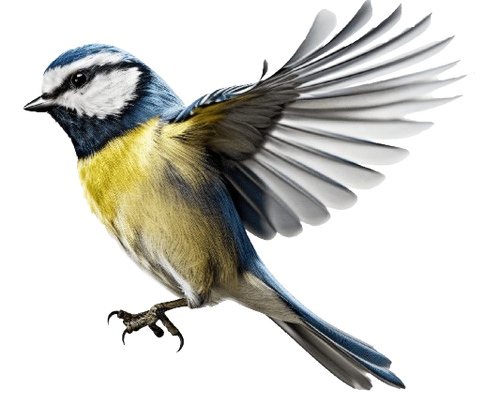Fandex Bird Field Guide
Fandex Bird Field Guide is backordered and will ship as soon as it is back in stock.
- Pickup available at: Available for Home Delivery Check availability at other stores
- Local Store Inventory: 100+
- Available for Home Delivery:
- Sku: 0761113975
- Vendor: Workman Publishing
- Whole Inquiry? Contact Us
Description
Description
The world of birds at your fingertips: a Fandex field guide of full-color images and facts, in a die-cut card deck.
The ultimate family reference for birders and backyard nature lovers. These 50 individually die-cut cards feature full-color illustrations, plus hundreds of intriguing facts, stories, statistics, and trivia about North American birds. The images are large, the details sharp, the colors bright. Each die-cut profile is unmistakable - it's like having the real bird in your own hand.
There are instantly accessible details about each bird's habitat, range, diet, nest, eggs and conservation status, as well as appearance, habitats and even song pattern, Plus "pigeon milk" and the Indigo Bunting's ability to navigate by starlight, how the Killdeer fakes injury to distract predators, and Benjamin Franklin's surprising nominee for America's national bird.
- 50 individually die-cut cards
- Full color throughout
- Knowledge at your fingertips
- For the whole family
Review
About the Author
Michael Robbins is a writer and a former editor of Audubon and Oceans magazines and the author of Birds: A Family Field Guide.








